90 Digital CEO Nick Garner talks about using Scrapebox for Clean SEO in this edition of CalvinAyre.com’s SEO Tip of the Week.
Whenever Scrapebox is mentioned, most people would say, “But it’s a blackhat tool!” and stop listening claiming they are not spammers so they don’t need it. However, a tool is just a tool and it’s up to the person using it to decide what they do with it and come up with creative ways of using it. Did you know Scrapebox could be used to speed up your daily data analysis tasks?
1. Use Scrapebox to find competing sites ranking in your vertical
Collect the top X SERPs for a list of keywords and have it automatically filtered down to unique URLs:
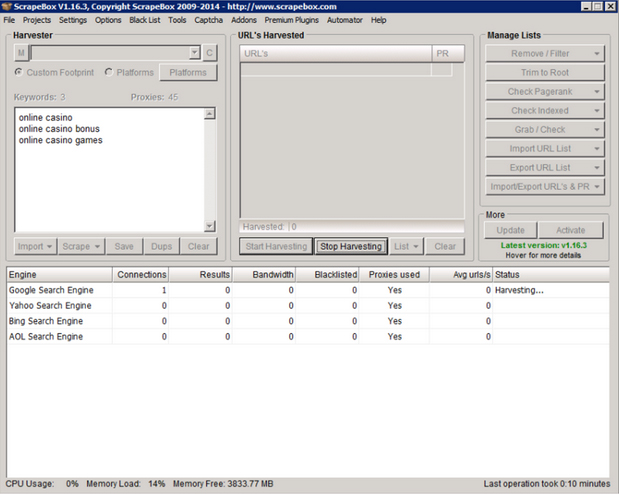
Then filter the collected URLs as you see fit:
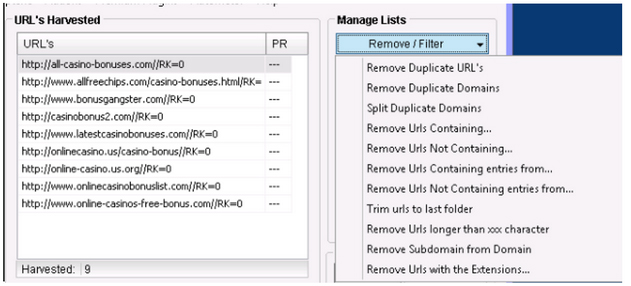
2. Collect keyword suggestions from different sources – sort of like soovle.com on steroids and much easier to export to Excel or a text file:
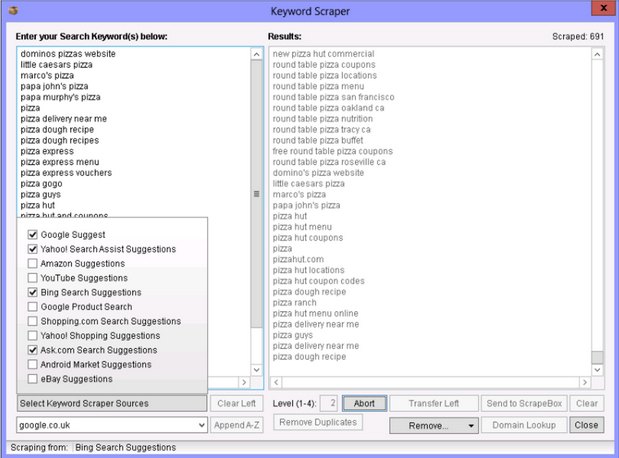
You get to select the sources you want to get the suggestions from, and even how many levels deep (up to 4) you want to go – i.e. collecting suggestions for suggestions, all automatically filtered to remove duplicates and with more options for further clean up of the collected list:

3. Check a list of URLs for broken links:
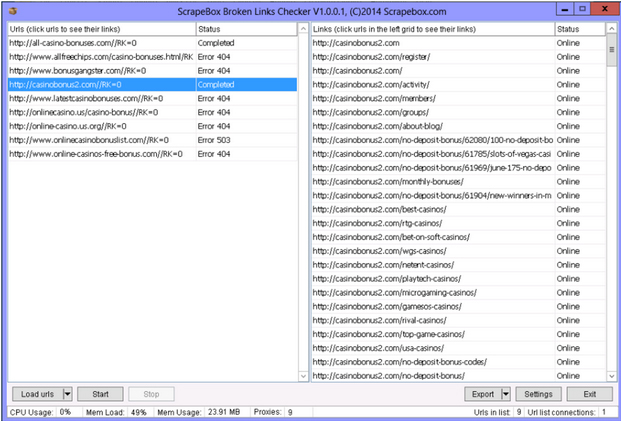
Surely there are tools specially designed to do this, e.g. Screaming Frog or Xenu, and they would provide you with more detailed report – but only for one domain at a time! In Scrapebox, you can save the time by running a list of domains through this checker to quickly identify any broken links.
What’s even handier, you then have an option to export all links OR only dead links to an Excel file.
4. With site hacking and malware becoming a bigger problem lately, wouldn’t you appreciate it if you had a quick way to check a list of URLs for suspicious signs? Well, with Scrapebox, you can:
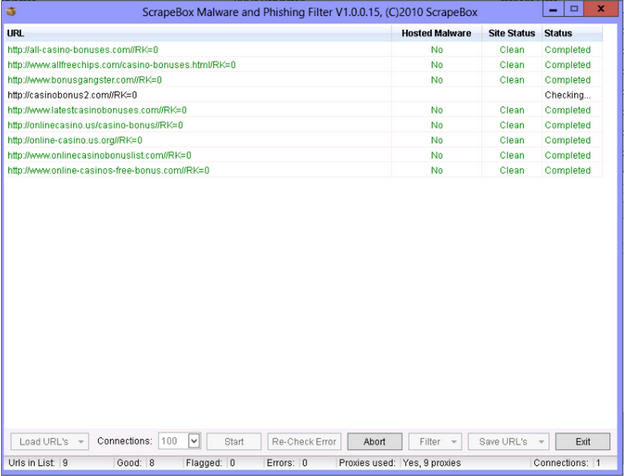
I guess by now I won’t surprise you much if I say once the tool completes the checks you have an option to save all or bad URLs only to a file.
5. Get the external and/or internal links count for each URL in a list of URLs:
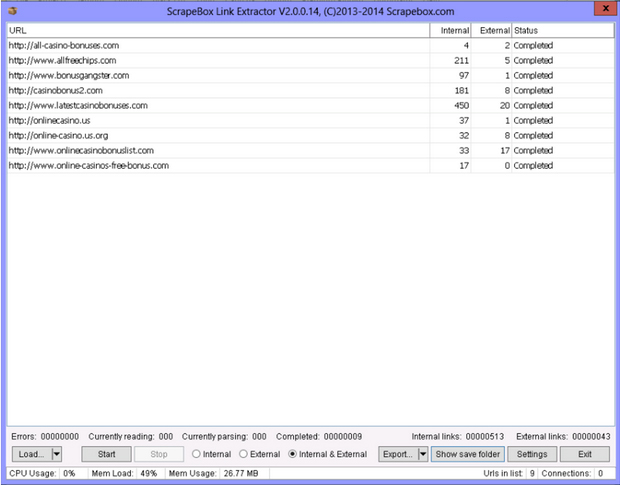
And not only does it get the links count, but also grabs the actual links and saves them into a text file.
6. Scrape whois data (such as contact email where available, etc.) for a list of sites:
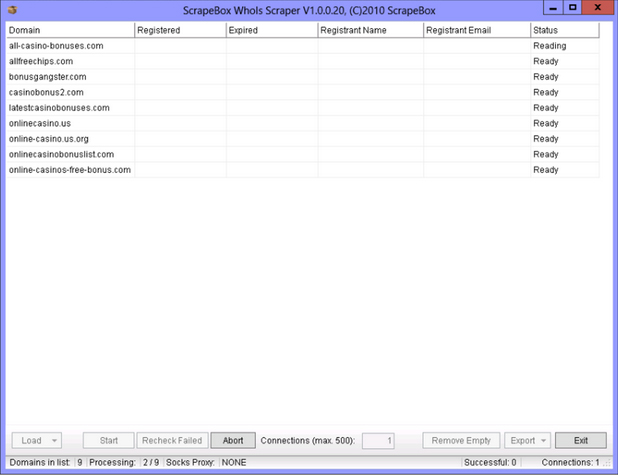
These are just some features off the top of my head – there are many more and I could keep talking about them all day. Those who think Scrapebox is just a spam script for comment spamming are so missing out.
Hopefully you will find these tips useful and discover more interesting uses of Scrapebox to facilitate your data crunching activities.
